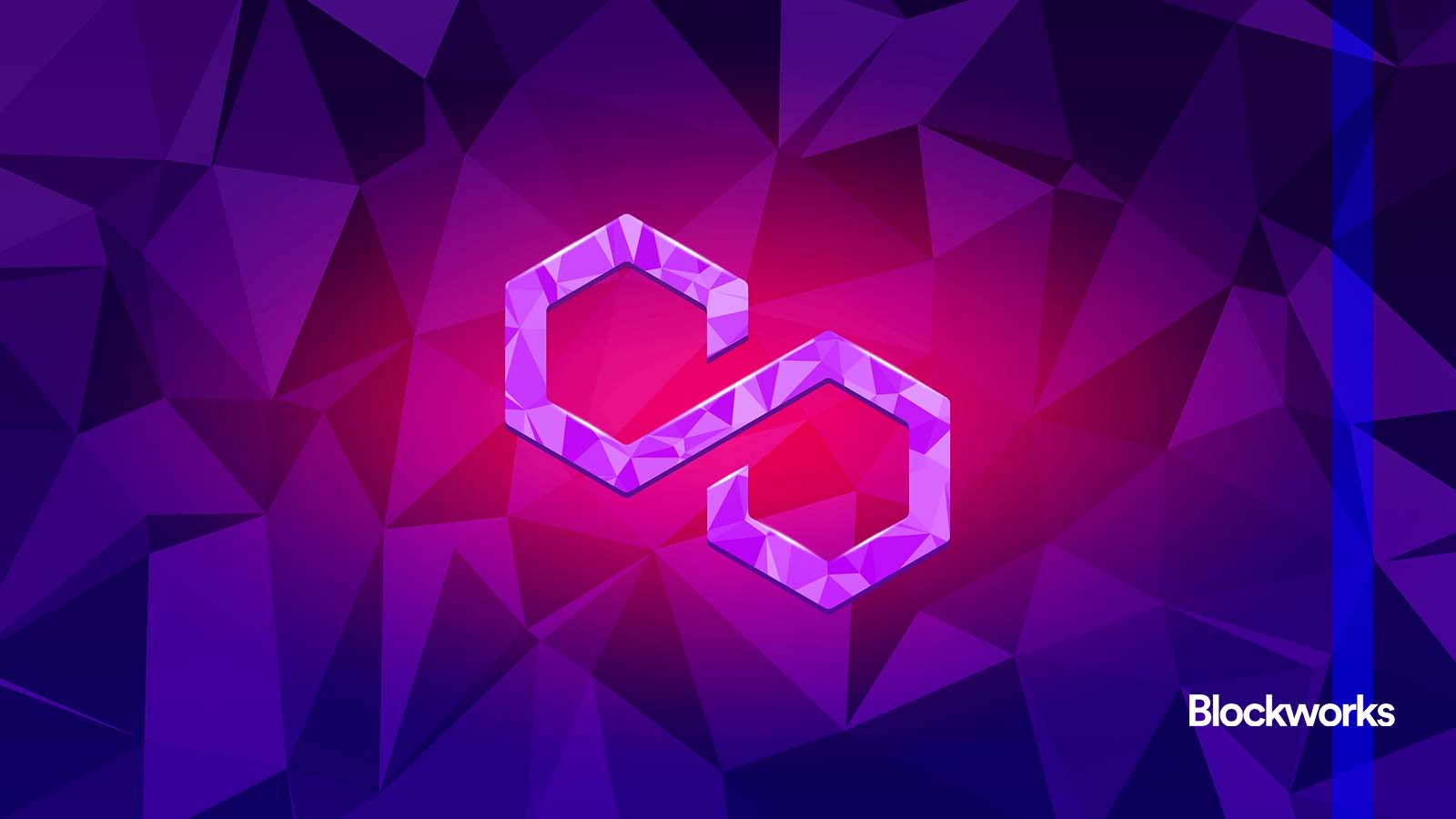- Hashed Out
- Posts
- Hashed Out V.12: Layer 2 Solutions
Hashed Out V.12: Layer 2 Solutions
Building A Faster And More Efficient Internet

Welcome to the 12th edition of Hashed Out, your weekly guide to navigating the dynamic world of Web3, brought to you by Argot (www.argotagency.io). Whether you're taking your first steps into this digital frontier or already exploring it, our mission remains the same: to demystify the complexities of Web3 and equip you with the insights and resources you need to thrive.
Our vision extends beyond a simple newsletter—we aim to build a vibrant community where both enthusiasts and newcomers can gather, learn, and grow together. Think of us as your trusted sherpa on this journey, here to translate intricate concepts into clear, actionable insights. We'll connect you with the latest data and expert perspectives from the builders, researchers, and creators driving innovation in Web3.
Join us as we transform from curious explorers into true Web3 virtuosos, one issue at a time.
In This Issue- Table of Contents
Ok Hashers, are you ready to get started learning about some of the behind the scenes magic of Web3? I know I am! Let’s go!

Layer 2 Solutions, Scaling, and Interoperability
The Backbone of a Decentralized Future
The decentralized future of the internet is built on the revolutionary ideas of Web3—a system where power isn’t held by one central authority, but spread out among many participants. However, like any promising technology, Web3 faces real-world challenges: how do we scale these systems to handle more users and transactions, and how do we make sure that different systems can talk to each other seamlessly? This article unpacks these questions by diving into the underlying architecture of Web3, exploring how Layer 2 solutions are addressing scaling issues, and explaining why interoperability is crucial for a connected ecosystem.

Polygon: Scaling Ethereum for a Decentralized Future
In the rapidly evolving world of blockchain, scalability and high transaction fees have posed significant challenges for developers and users alike. Polygon (formerly known as Matic Network) emerged as a solution to these issues, aiming to enhance Ethereum’s capabilities by providing faster, cheaper, and more scalable transactions. This case study explores Polygon's journey, its technical underpinnings, real-world impact, and the lessons learned along the way.

Bridging the Gaps
A Personal Look at Web3’s Evolution
I’ve been watching the evolution of Web3 with a mix of excitement and curiosity. What we’re building here is nothing short of revolutionary—a decentralized future where power is shared, and innovation thrives. Yet, as promising as these developments are, it’s important to take a step back and honestly assess where we stand, the challenges we face, and the paths forward.

CONNECTIONS: Curated Links for the Web3 Curious
Some examples of layer one networks and their consensus mechanisms are given below. Two common categories of consensus mechanisms are proof of work (PoW) and proof of stake (PoS). Note that these are just two categories and that there are many unique PoS consensus mechanisms.
Bitcoin - Consensus: Proof of Work, Cryptocurrency: BTC
Ethereum - Consensus: Proof of Work (planned move to proof of stake), Cryptocurrency: ETH
Algorand - Consensus: Proof of Stake, Cryptocurrency: ALG
Cardano - Consensus: Proof of Stake, Cryptocurrency: ADA
Hedera - Consensus: Proof of Stake, Cryptocurrency: HBAR
For those of you who are interested in NFTs, here are some of the top L2 blockchains:
Did you miss out on the previous issues of Hashed Out? See them all here!

THE NEWS DROP: Web3 News You Can Use

The Wrap
For those requiring a TLDR or just want a fast recap here it is:
Web3 is expanding, but blockchain networks like Ethereum struggle with congestion, high fees, and slow transactions. Layer 2 solutions—such as rollups, sidechains, and state channels—help by processing transactions off the main chain, increasing speed and reducing costs. Meanwhile, interoperability ensures different blockchains can communicate, making Web3 more connected and efficient.
🚀 Main Article: How Layer 2 Improves Web3’s Speed and Connectivity
✅ Layer 2 solutions work like express lanes on a congested highway, offloading transactions from Layer 1 to increase efficiency.
✅ Interoperability ensures different blockchains can talk to each other, preventing fragmentation and improving liquidity.🔍 Case Study: Polygon – Scaling Ethereum for a Decentralized Future
✅ Polygon enhances Ethereum by offering faster, cheaper transactions through sidechains and rollups.
✅ By integrating with existing Ethereum tools, Polygon allows developers to scale their dApps without migrating to a new blockchain.📝 Editorial: Why Scaling & Interoperability Matter for Web3’s Future
✅ Without scaling solutions, blockchain adoption will be limited by slow speeds and high costs—Layer 2 is essential for mass adoption.
✅ The Web3 space must continue to innovate while improving security, user experience, and developer accessibility.The future of blockchain is faster, cheaper, and more connected—and Layer 2 solutions are leading the way. 🚀
Stay ahead of Web3’s evolution—subscribe to Hashed Out for expert insights! #Web3 #Blockchain #FutureOfTech
A Look Ahead
Ok, it’s about time to roll the credits! Where do we go from here? A deep dive into Web3 and Social Impact! We will be covering the environmental impact of Web3’s energy consumption and its ability to bring important financial (and other) resources to areas of the world that would otherwise be left without.
One last call, if you haven’t already, hit the subscribe button below to stay in the know. We have a lot of great stuff ready to be released and we would love for you to join our community and grow with us.
Already subscribed? Share with a friend!
I hope that you enjoyed this edition of Hashed Out. There is much more to come and your feedback is invaluable to how we will grow. If you have questions or comments drop us a line.
Ok Hashers, that’s The Wrap. Many thanks!
(Cue awesome exit music of your choice)
Dr. Scott





